Learning Keyboards
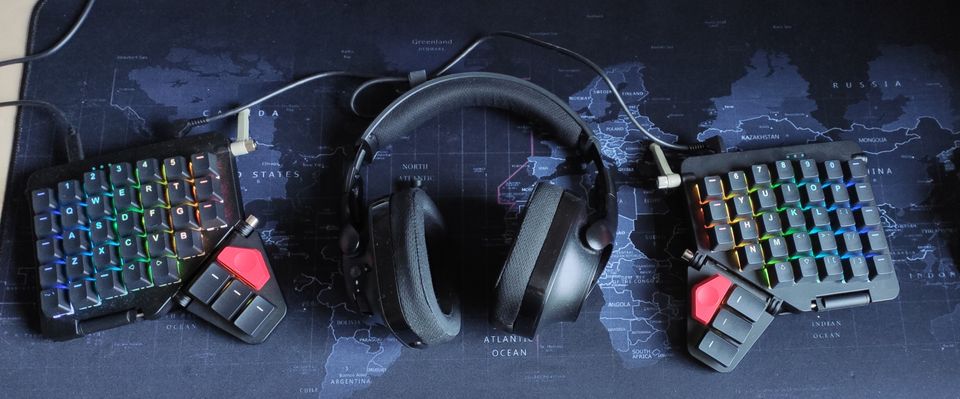
I wanted an ergonomic keyboard for years. What I didn't want to do is become an expert on them. My initial plan had been to ask someone in the know what switches to pick, and just going with whatever they said. Turns out none of the people I know IRL knew anything about this topic. Eventually it started to look like I can't choose one with any degree of confidence without learning something about them first. In this post I'm summing up my adventure, what I learned on the way, and some of the things I wish I knew when I started. 😊
It seems all of the (ergonomically) good ones, like the ZSA's Moonlander, are mechanical. I never cared about mechanical keyboards or switches, and I doubted I'd really appreciate the difference. But when I'm about to spend 300€-400€ on a keyboard, I wouldn't dare pick one of the 11 types blindly and hope I won't hate the result.
After months of vacillating, I finally gave in and ordered a key tester and a sample of all of the ZSA's switches. Heads up: I won't be describing all of the various issues and confusion I'd worked through, because that'd take way too much time and bore you to death. There will be plenty of simplifications.
Post contents:
- The switches
- The, uh... 'keyboard hacks'
- Moonlander
- Making it more complicated
- My layout
- Closing thoughts
The switches
Of course nobody can tell you what a switch is like over the internet - you can't even communicate what they sound like over a video, not to mention all the other parameters. These are just my impressions.
Some things were exactly as expected - I suspected I'd like the feel of the 'clicky' switches, but I can't imagine working on them all day. It took me a while to realize some of them clicked once, and some clicked twice - once when pressed down, once when released. I found I like that way too much. 😄
The real contest then was between the 'linear' switches, and the 'tactile' ones. The tactile ones are supposed to be like linear, but with an added 'bump' before they're pressed - i.e. their resistance to your finger increases a little as you're pressing them down.
My first finding was: the difference isn't that big. It's certainly there, but I had to press down slowly to notice it. Long-term typing would probably feel different, but for me, it definitely isn't in the realm of "oh my, I could never use a keyboard filled with these." That being said: in all cases, the popular Cherry MX felt worse than the Kailh switches. (And since Moonlander doesn't come with any other brands, I didn't try them.)
The second surprise was the noise. Everyone says that the mechanical switches are always louder than membranes, and that there are 'silent' versions of some switches, but the difference is limited. I find that neither of these is necessarily true.
When it comes to the feel of the key, I liked Kailh Box Brown the most.
The Moonlander sampler only contained a single silent switch - the Cherry MX Red. So I chose that one. As simple as that.
I find that while it didn't feel as good when I paid close attention to it, the difference wasn't really that big. What was definitely noticeable though was the noise - the Silent switch was much quieter than a regular one, way more than I'd expected.
In the first paragraph I said I wanted to ask someone who knows switches what to pick. After fiddling with them, what I'd say to my past self is: pick the quiet one. If there's more than one to choose, pick a linear one, but don't sweat it.
(Update: The post originally recommended tactile ones. But after using them, I found I could really feel the extra force they need, and it didn't add much. From then on I only use linear ones.)
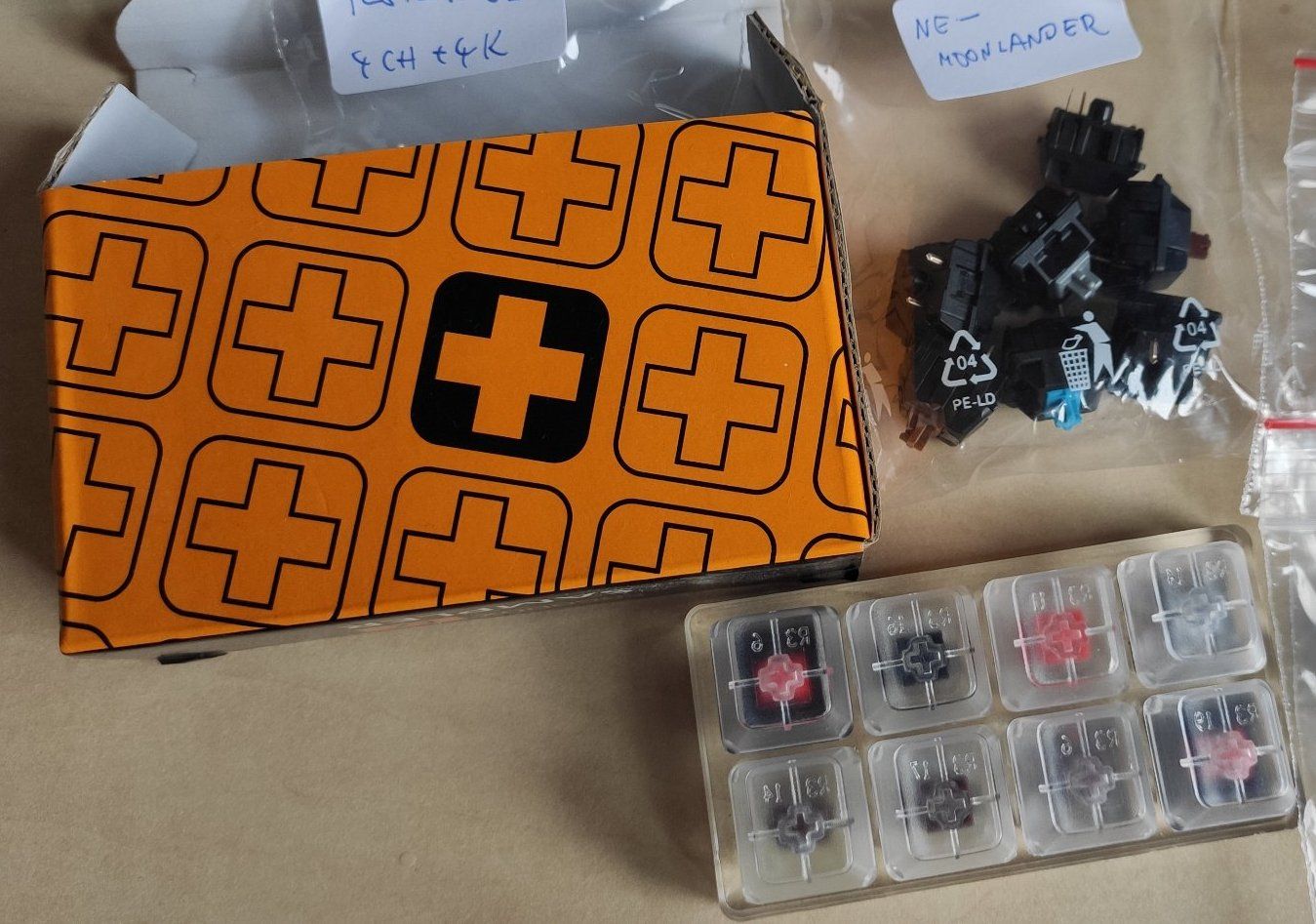
I'd found out there is a silent variant of the Box Brown switch I liked best, but ZSA didn't carry that one.
The, uh... 'keyboard hacks'
Virtually every review of the Moonlander said that it's great, after you spend some time customizing and getting used to it. I had no real idea of what the customization entails, but looking at the pictures, the keyboard clearly had a lot fewer keys than usual. I also knew there would be 'layers' - basically various modes for the keyboard, so you can have multiple functions for each key and switch between them. Turns out there's plenty more to it than that.
Most importantly, there are tap mods and hold actions. They're a way of making a key - most often, the keys on home row, like the a, s, d, f - perform multiple functions. For instance - if you assign the 'D' key to also serve as the SHIFT key, it will write a regular letter 'd' when you tap it; but if you hold it down and press a different key before releasing it, it acts as SHIFT instead. So tapping d will output d and tapping k will output k; but holding down d and tapping k will output the uppercase K. You can do this because unlike letters, keys like SHIFT, CTRL and ALT (called the 'modifier keys') don't really do anything if you just tap them - so there's no conflicting usage.
I'd found the idea very intriguing - a "wow that's such a clever way of doing this" mixed with a skeptical "can that be pleasant to use? 🤨" (Spoiler: It is SO GOOD! 🤯)
Learning about these features also made it click how those weird, beautiful, minimalistic keyboards like this SeveredDuck36 can actually be usable.
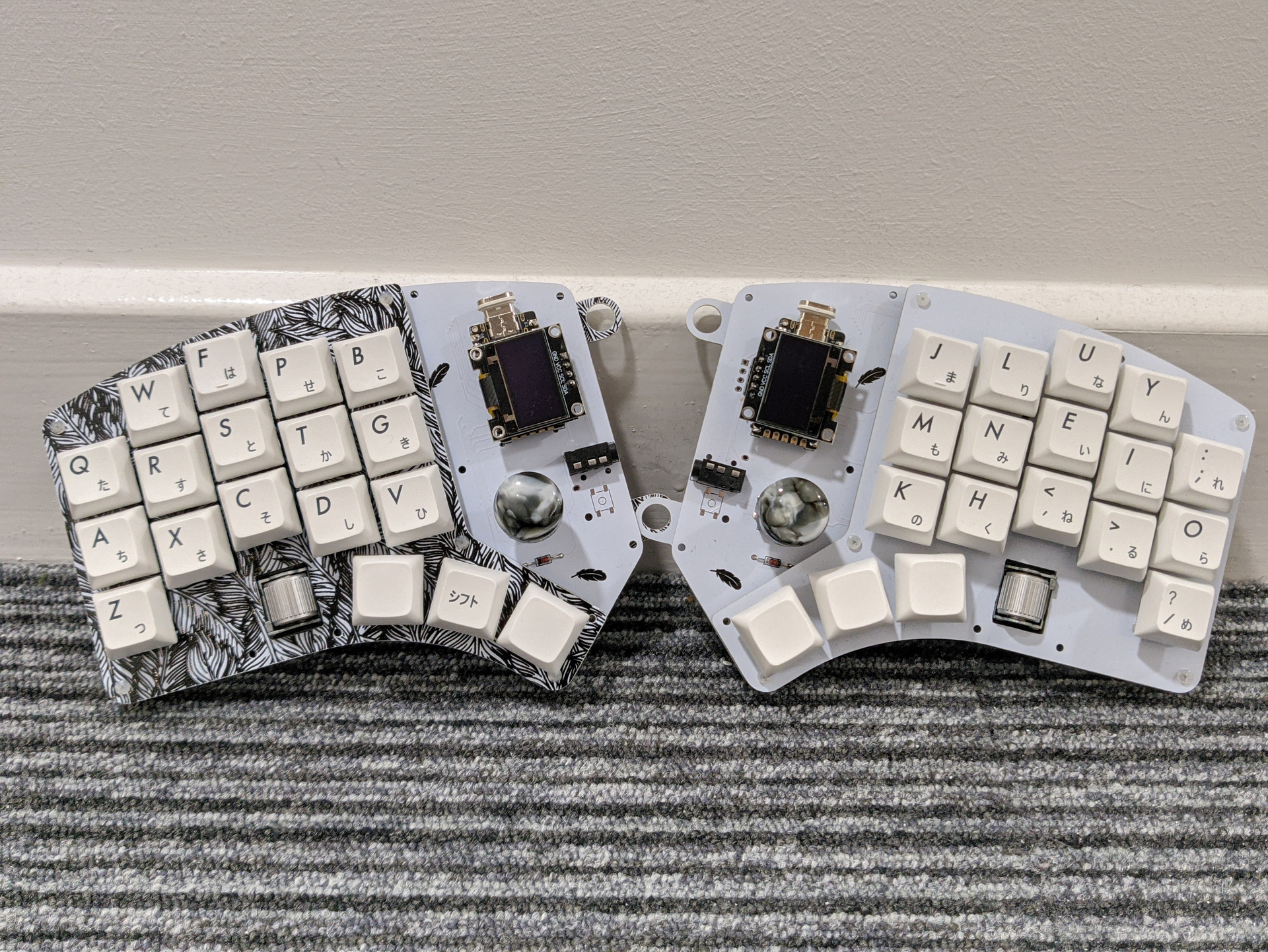
Moonlander
So I've ended up ordering a black Moonlander with the Silent Red switches. It was sent within a week and - after going through customs and all that - arrived in a nice package.
Getting used to it
Both the good and the bad, succinctly.
Except this one, since I don't know which section to put it in: With a mechanical keyboard, I don't have to press the keys all the way down. I still do it, most of the time. I understand there are speed switches that actuate (register the key as pressed) even more quickly, so you only need to give them a light tap. I still have no idea how people write on those. I suspect I'd be hitting them hard anyway, to be sure they register. Maybe I could retrain myself? But still, wouldn't that mess with my sense of timing with the tap mods, since with a light press, I might not know when it activated and if the held action is already in effect? Am I overthinking this? No way to find out, since I'm not buying a complete set of switches just for that.
What went as expected
- I expected the different nature of the switches (mechanical instead of membrane) wouldn't need getting used to or get in the way.
- I expected to have issues with the Y key. I knew I'm hitting it with the wrong hand, which now wouldn't be able to reach Y at all. The result was me hitting the wrong button instead of Y, and since that button happens to be a layer switch, suddenly wondering why all the letters are now weird symbols instead.
- I also expected the ortholinearity to take some getting used to. Since the keys here are right over (or under) one another, and alternating rows aren't staggered to the sides, letters like X, C or V now fall under a different finger than they did before. This one took surprisingly long to get used to.
All of those turned out to be true.
What I didn't expect
- Getting used to thumb clusters took a bit more time. Suddenly, there are choices when hitting something with the thumb! That's so weird! But after a few hours, I have to wonder how is this not more popular. All the talk about the thumb, as the strongest finger, being wasted on just hitting space over and over was true. It's very comfy and makes a ton of sense.
- I expected it would be more difficult to memorize the layout and the layers. It was a breeze. Probably because I've customized everything myself from the ground up, so keys mostly were where they made sense to me. Only the least frequently used keys on higher layers were more difficult to remember, but again, the colorful LEDs helped here.
- Typing on a standard notebook keyboard now is very annoying. Mostly because I can't for the life of me hit the X, C or V keys on the first try (🤦🏻♀️), and I KEEP HITTING SPACE EVERY TIME I try to use something that normally is on my thumb cluster. Like enter. Or... backspace. That means I try writing C, write X instead, then write three spaces when angrily trying to delete it. It does get better after a short, annoying time.
- The various hold actions are great. As mentioned above, I didn't know what to expect here - an overcomplicated gimmick, or a useful feature? It is definitely the latter, and getting used to them took way less time than expected.
- Keyboard shortcuts are now so much better! 😲 Another unknown for me was - what would the hold actions do to shortcuts? As a programmer, I use very many, and I could imagine the overloaded key behaviors getting in the way. Turns out it's exactly the opposite. I can now hit most of the previously-wristbreaking keyboard shortcuts barely moving my fingers at all. The only complication with the home row mods was that it wasn't possible to hit the copy/cut/paste actions with just one hand anymore; that's why both the F and the Z key function as CTRL in my layout (see below).
- I don't need that many keys. 😲😲 With no numpad, function or media keys, I thought I'd miss the keys a lot and would have a hard time adjusting. The opposite is true: all of the features were easily replicated, are now more easily accessible than before, and I still ended up with keys I don't really use. It seems like a waste, 😀 so I sometimes amuse myself with coming up with new features I could add. Now I wonder if I could manage with even fewer keys than this. 🤔
- A little clickiness helps - more on that in the "Making it more complicated" section below.
- And there now is free desk space in the middle of the keyboard. Which sounds obvious, but it's so unusual for me that I keep forgetting I can actually put stuff there. Heh.
It's so pretty!
I didn't think much about the LED backlights, besides thinking they might be good for learning the layouts (which they were). So it came as a surprise to me that the various animations actually look really good. Since I don't need the visual aid anymore, I just keep the animation turned on most of the time.
Software
There are apps that ZSA provides to help you get up and running. In the order I've used them, they are:
The Oryx configurator
This is the app that lets you customize the layout, link here. A brief overview of my layout is a few sections below. The configurator app itself is user friendly and easy to use, and works right out of your browser. (The only one in this list.)
You can easily configure what each key does with 4 possible functions - what it does when you tap it (like a key on a standard keyboard), hold it down, double-tap it or tap and hold. You can create or rearrange layers.
You will probably run into issues, or things it can't do, pretty quickly as well. How layers work isn't obvious and can introduce glitches in combination with the transparency feature (where you don't need to define each key for every layer - the rest will be the same as in the default layer). I have had to contact support because of these issues a few times. They were quick and helpful as always, and I wrote down two of the issues and solutions in a separate post, because I haven't been able to google them before.
Wally
When you're done configuring your layout and downloading it from Oryx, you have to get it onto your keyboard somehow. For that, you download and install the Wally app. It's quick and easy to use. Let it detect your keyboard, select your compiled config file from Oryx, press the Reset button on the keyboard and wait a bit. That's about all there is to it. The keyboard reboots and your config is now in effect.
The benefit of having your customization in firmware is that it's in the keyboard itself - meaning you can just plug it into any computer and it will work. There's no need to install additional software on the computer you're using it with.
Training
Last but not least, there is the Training app. Sadly, it only works in chromium browsers.
It provides a few training modes in case you want to learn to type faster, none of which I ever used.
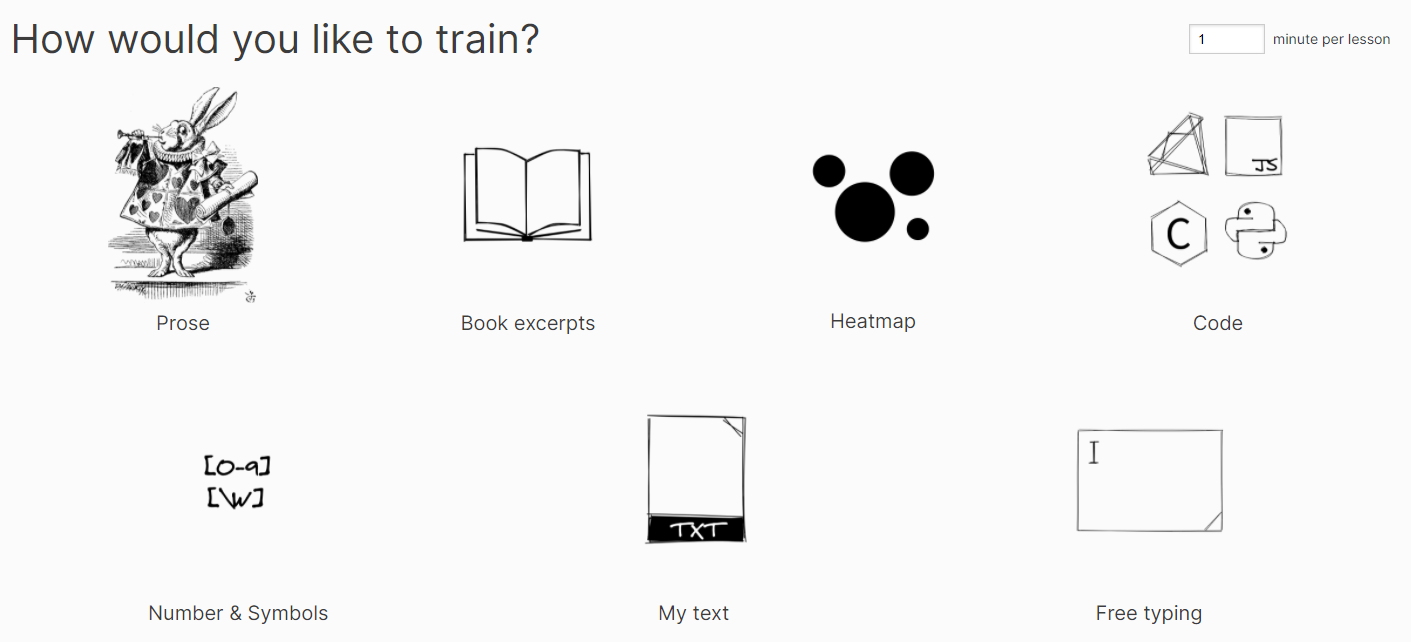
But there are two crucial features: One of them shows your currently active layer. You can keep it open on a secondary display while you're learning the ins and outs of your layout, and when you press a layer switch and suddenly don't know where anything is, one glance at this clears it up.
The other one is a heatmap. You let it run in the background and it displays how many times you hit which key. The result looks something like this:
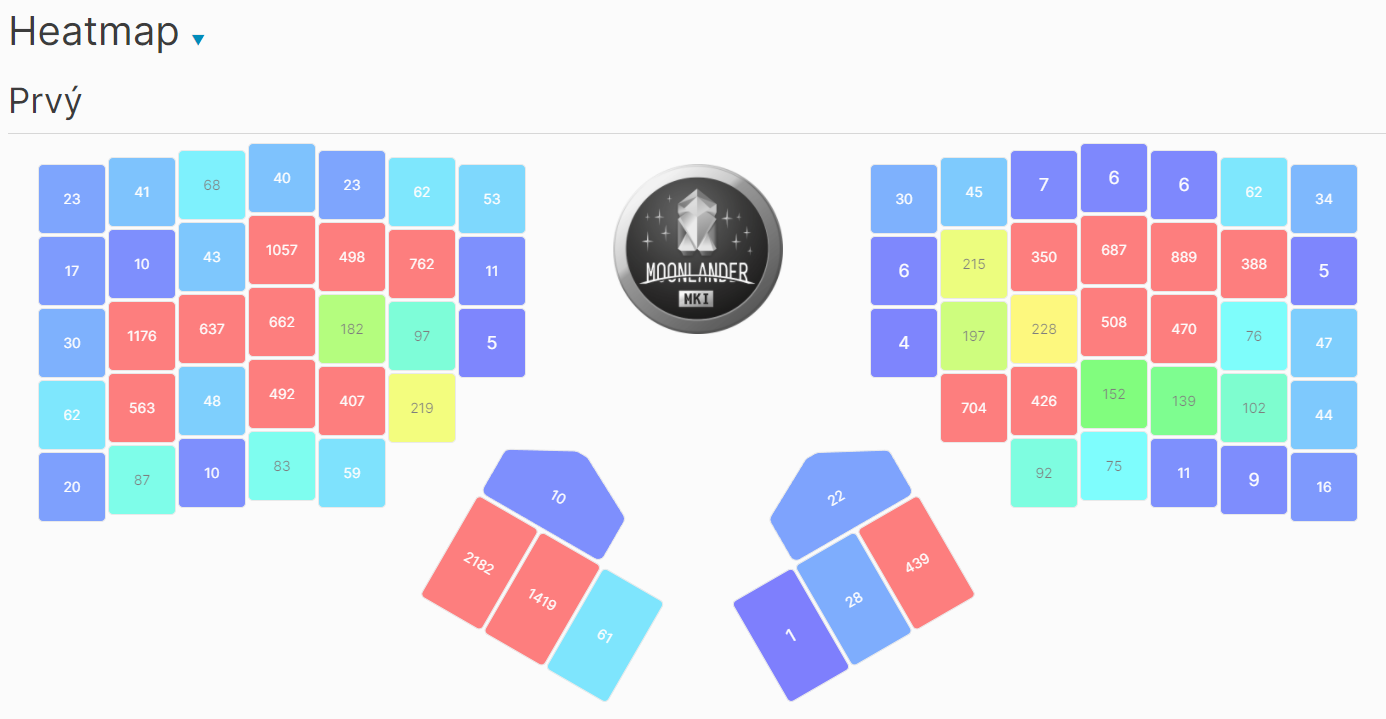
If you're wondering what might that be good for: layout optimization. Generally, you want the keys you hit the most often to be as close to the homerow as possible. A heatmap can show you if there are keys you use often but placed far away, or if there are rarely used keys right under your fingers that you could maybe utilize better.
Support
I just want to briefly mention that never have I ever seen such quick, helpful and friendly support staff as ZSA has. I'm really impressed. I have had plenty of questions and even encountered a bug - they responded quickly, helpfully and nicely. Every single time. With the bug they provided a workaround and released a fix the next day.
Issues
There are a few issues. I miss a slot for a leg support. There are a few of them on the moonlander - basically on every corner except the one where I want it. I think resting my hand on it would be more comfortable if I could tilt the keyboard away from me - i.e. if I could raise the bottommost row above the topmost one. It is possible to position the keyboard in that way, but it won't hold - when pressure is applied on the outer bottom keys, it tilts down, then back up when the pressure is released. That's a bit of a shame - it's a weird omission, and I don't know how to work around it yet. (The desired increase would be slight, so I wouldn't be using a tripod; and I don't want to just prop it up with something, because that would mean re-adjusting the support every time I move the keyboard, which would be annoying.)
Other than that, there are just minor gripes about the software. I would appreciate being able to set at least two different lengths for tapping term; also having support for key combos would be nice. If I understand correctly, both of those features are supported by QMK and therefore should be achievable if I downloaded the layout's source from Oryx and modified it; however that would require knowing how to do that, and I'd still be afraid I'd just brick the keyboard irreparably.
Oh, speaking of which: I kinda bricked my keyboard on the first day. A flash with Wally just stopped and displayed an error, and Moonlander no longer responded to the reset button mapped on one of the keys. I've managed to solve that, and a different issue with layer switching and transparent buttons with the help of ZSA's support, and I wrote what I learned here.
Making it more complicated
Lol, might as well. Yolo.
- me, formulating my strategy
In the very first section I've mentioned I liked the Kailh Box Brown switches the most, but ZSA doesn't carry the Silent variant; and that I do find the clicky (Kailh Box White) ones appealing, even though I would be annoyed if my keyboard made so much noise. But at this point I thought: why not order 10 of each and see where it goes?
I ended up putting the Box Browns on my home row for now. They're nice; a bit more stiff, and negligibly more loud.
I have also put the clicky switches on the least-used 'special' keys.
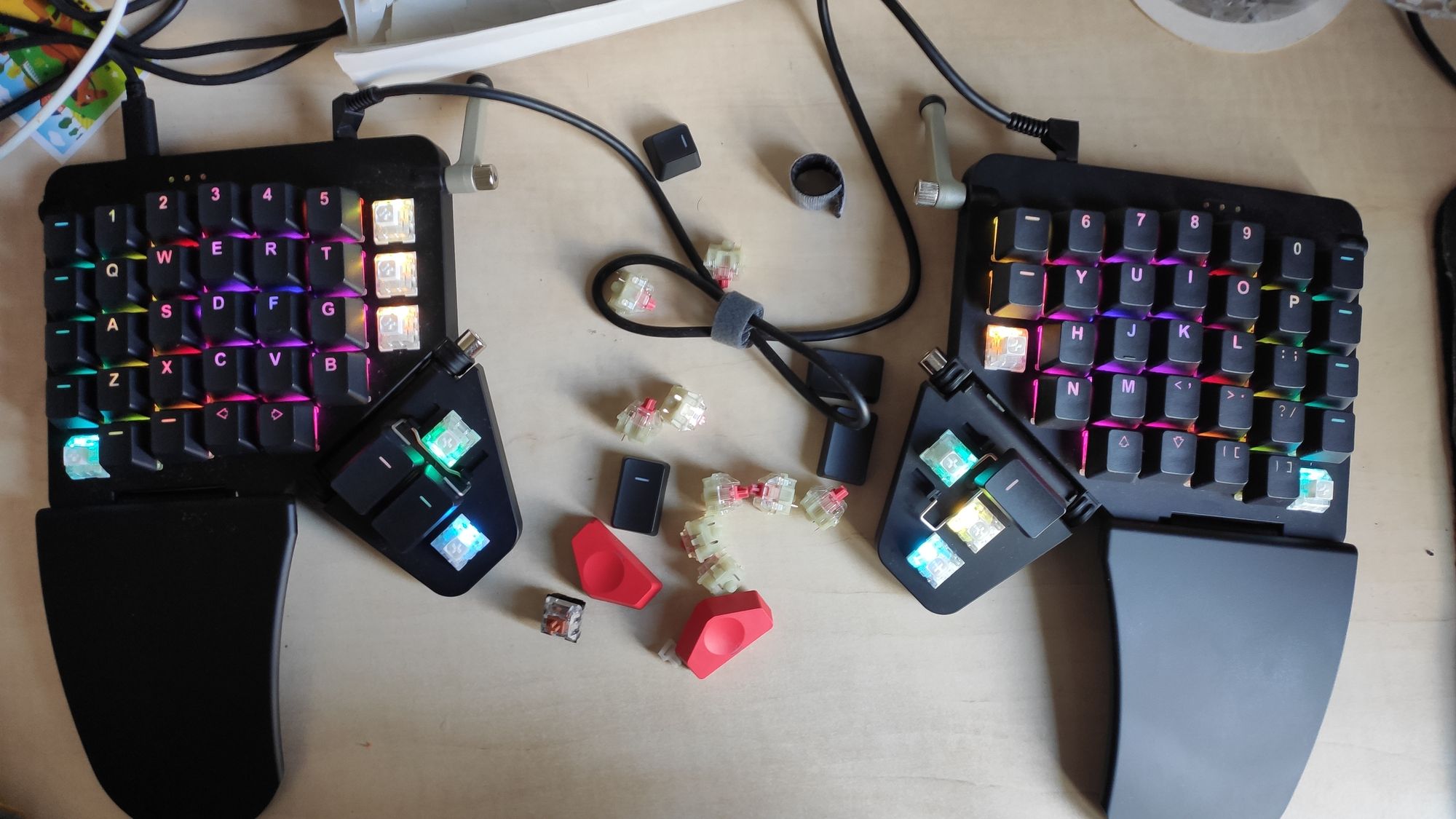
My initial reason was simple: I get to enjoy the nice clickiness, but not so often that it gets annoying. But there was an unexpected benefit: catching typos. As I said a few sections above, one of the I made quite a few times was hitting the layer switch instead of Y by accident; and suddenly I wrote symbols instead of letters.
Well, now that the layer switch makes a click every time I press it, I notice it immediately. Yes, this is a trivial detail, but it was really helpful in the beginning.
I have also added a desk pad. I'd never used one before, but it seemed the keyboard might be quieter when placed on it. Well, it is. And since I don't like having the pad cluttered with stuff, it also forces me to keep my desk a bit more tidy.
My layout
Well, here it is, in case you're curious. Not saying you should use it.
The organization is simple. The layers are:
- The default one. Full of tap dances and shortcuts and whatnot.
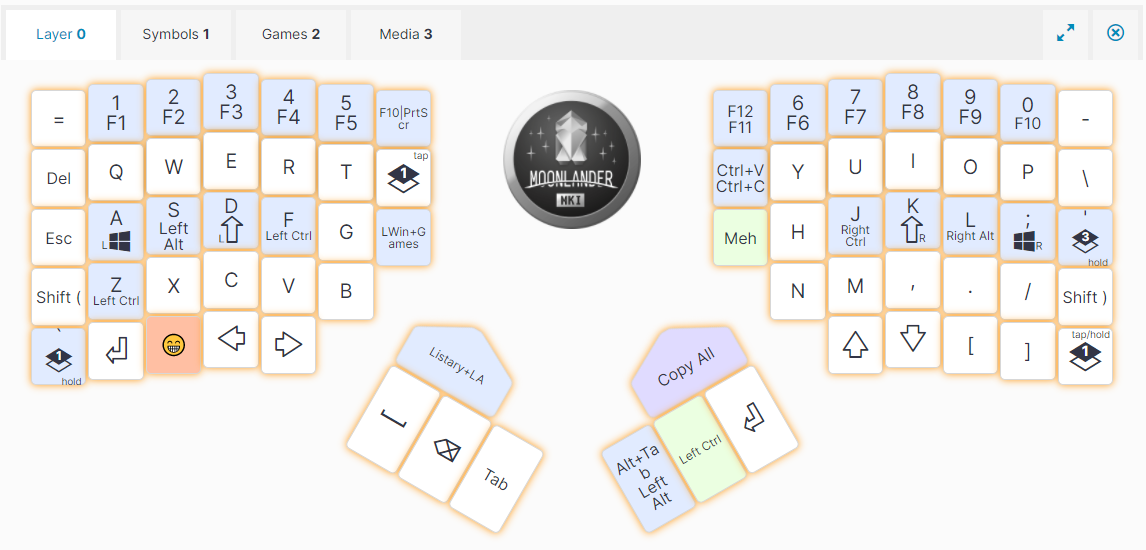
- Symbols. I often use the numpad, and the navigation buttons. The symbols themselves - not so much. There might be room for further improvement there somewhere.

- Games. Games don't play well with tap mods. If you're trying to strafe and the keyboard goes "well, disregard that, jump to the Windows menu now" after 155 miliseconds, you are getting ded. So there are no special features on these buttons. The layout is, however,
batshit crazyreorganized for controlling games. Especially the numbers and F keys. It's also meant to be usable while the right half of the keyboard is disconnected. And the numpad is there because I've been playing Tales of Maj'Eyal, which is a roguelike. 😁

- Media. The most used parts by far are the media control buttons. They made the keyboard go from "ah, bummer, I liked having those buttons on my old, cheap keyboard" to "wow having them on the home row is so much better!"

While writing this, I already found a few things I want to change. And I'm considering adding a layer for the left hand, to use as a companion for copy-pasting things around with the right hand on the mouse. So chances are good that by the time this post finally goes out, those screenshots will be out of date. 😅 Update: they are.
Currently, it looks like this:
Closing thoughts
Overall, I'm satisfied. My sitting posture with the Moonlander feels a lot more comfortable and considerably less hunched. I don't miss the extra keys at all. The few glitches that still remain are minor.
Would I recommend such a keyboard to you, Dear Reader? Hard to say. I think the increased comfort is worth it for anyone who works with the computer a lot; but there definitely is a learning curve. If you just gifted a keyboard like this to someone who doesn't specifically want one, I'm not sure they'd be thrilled. 😁 You have to be ready to spend time customizing and experimenting.
Then there is the price. Including all the import taxes and whatnot, it costs almost 400€, which is an absurd amount to pay for a keyboard. The build quality seems good and they've clearly thought about repairability. But for that price, it better last at least a decade or three.


Comments ()